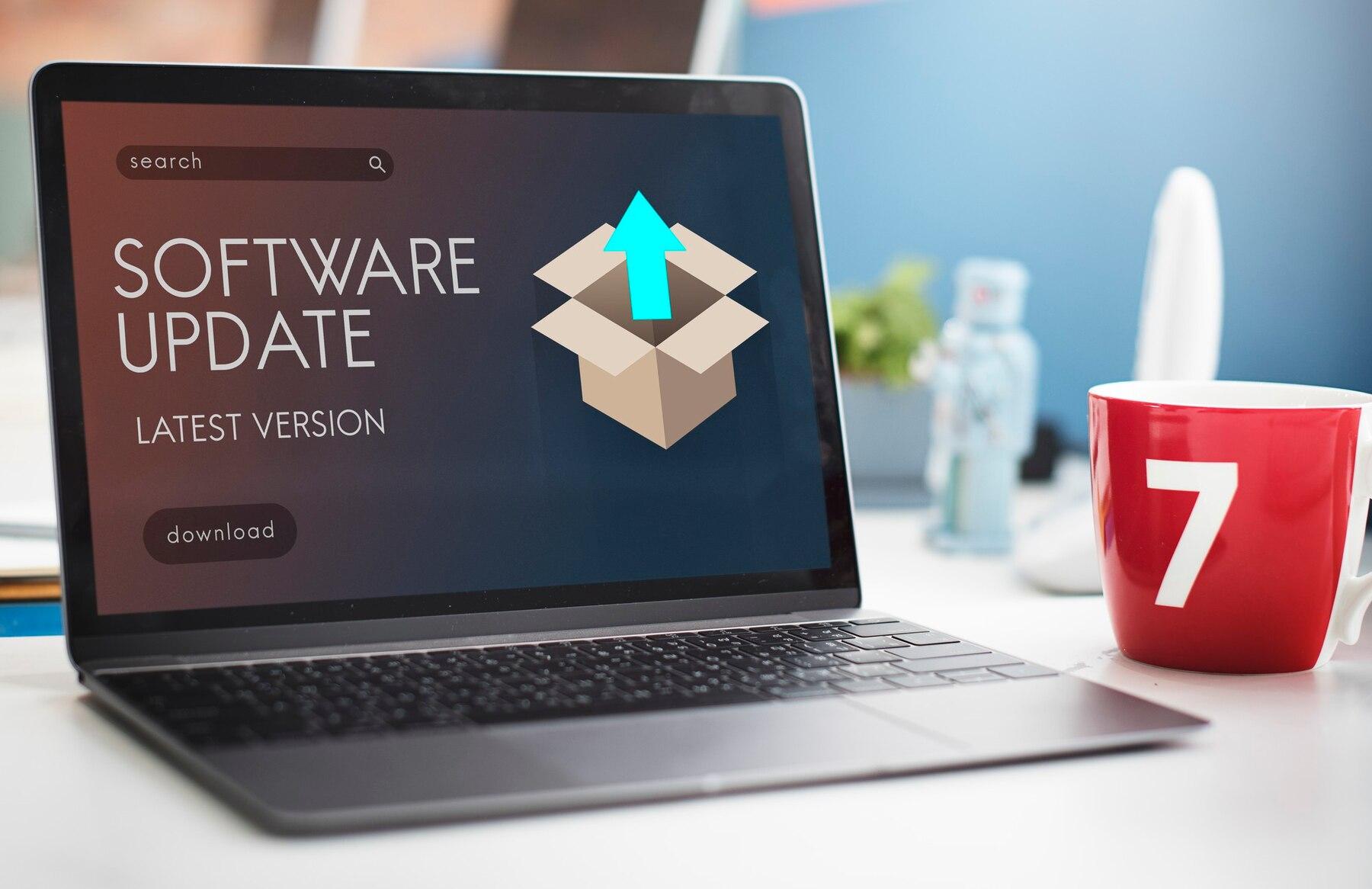The Importance of Operating System Updates for increased Cyber Security.
Keeping your operating system (OS) updated with the latest security patches is an essential best practice in today's cybersecurity landscape. However, despite its critical importance, many organisations struggle to maintain this practice, leading to potential vulnerabilities. In this article, we explore why updating operating systems is a best practice and highlight the common failures associated with OS updates in the context of IASME Cyber Essentials Certification.
Regular OS updates provide crucial security patches that address known vulnerabilities. Failing to update your system leaves it susceptible to attacks targeting these vulnerabilities specifically. By promptly applying security patches, you mitigate the risk of exploits and minimize the chances of falling victim to cyberattacks that take advantage of known weaknesses.
Preventing Zero-Day Exploits
Zero-day exploits are vulnerabilities that are unknown to the public or the software vendor. It is challenging to defend against such exploits until the vendor releases a patch. Keeping your OS updated ensures that you have the latest security measures in place, reducing the window of opportunity for zero-day exploits and minimising the potential impact they can have on your systems.
Enhancing System Stability and Performance
Outdated operating systems are more prone to software bugs, glitches, and compatibility issues. By staying current with OS updates, you not only address security concerns but also improve system stability and performance. Updates often include performance optimisations and bug fixes, resulting in a smoother and more reliable computing experience.
Complying with Industry and Regulatory Standards
Many industry regulations, such as GDPR and HIPAA, require organisations to maintain up-to-date systems for data security and privacy compliance. Failing to keep your OS updated can result in non-compliance with these standards, potentially leading to penalties and reputational damage. Regular OS updates demonstrate your commitment to meeting industry and regulatory requirements.
Challenges with IASME Cyber Essentials Certification
IASME Cyber Essentials Certification is a valuable framework that helps organisations establish a robust cybersecurity foundation. However, one common failure associated with this certification is the neglect of regular OS updates. Without up-to-date systems, organisations undermine their cybersecurity efforts and compromise the effectiveness of the certification. By not addressing this crucial aspect, businesses weaken their overall security posture, leaving themselves vulnerable to cyber threats.
Lack of Patch Management Processes
A common reason for failure in maintaining OS updates is the absence of efficient patch management processes. Organisations may lack awareness of the importance of updates or struggle to implement a structured approach to track and apply patches. Additionally, limited resources, inadequate cybersecurity awareness, and a lack of standardised patch testing procedures contribute to patch management failures.
Addressing OS Updates as an Essential Component
To avoid the aforementioned failures, organisations seeking IASME Cyber Essentials Certification should recognise the significance of OS updates and address them as an essential component of their cybersecurity strategy. Implementing proper patch management processes, raising employee awareness regarding the importance of updates, and cultivating a culture of proactive system maintenance are necessary steps to ensure compliance.
Keeping your operating system updated with the latest security patches is a best practice that should not be overlooked. It protects against known vulnerabilities, prevents zero-day exploits, enhances system stability and performance, and ensures compliance with industry and regulatory standards. If you want IASME Cyber Essentials Certification, then you must prioritise the regular updating of their operating systems to maintain a strong cybersecurity posture. By addressing common failures, implementing effective patch management processes, and promoting a culture of proactive maintenance, businesses can significantly strengthen their security defences and reduce the risk of cyber threats.

